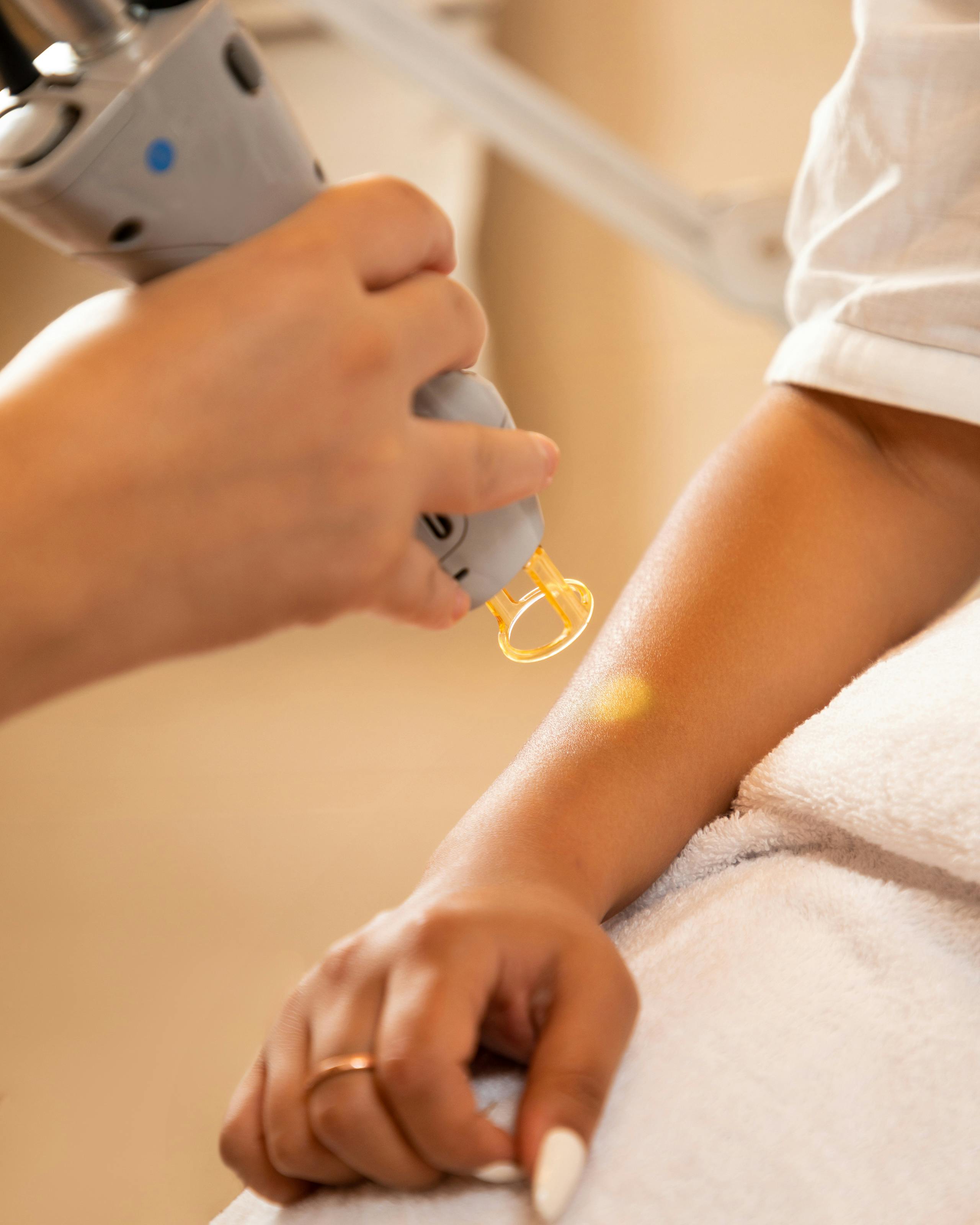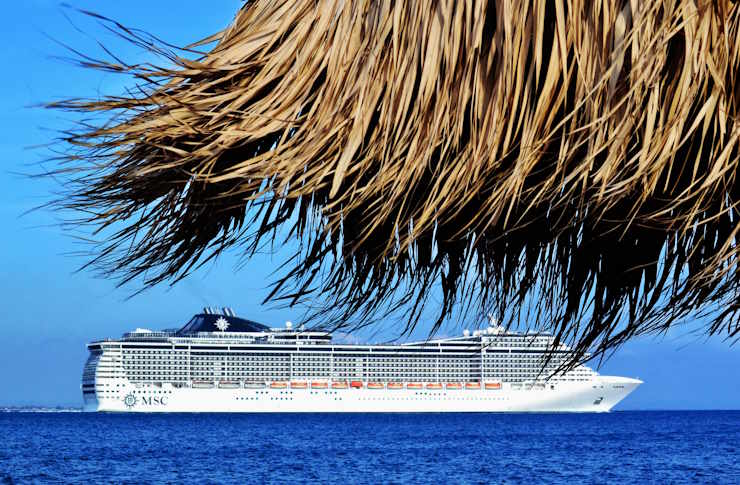Best Laser Wrinkle and Fine Line Treatments in 2025 USA
Did you know laser therapies can stimulate collagen production and contribute to improved skin texture? These treatments support skin renewal, reduce signs of aging, and offer noticeable results with minimal downtime and lasting cosmetic benefits over time.

Understanding Laser Treatments for Wrinkles and Fine Lines
Wrinkles and fine lines primarily result from aging, sun damage, and environmental factors. Over time, the skin produces less collagen and elastin—key proteins that maintain firmness and elasticity—leading to thinner, less resilient skin with visible lines and wrinkles. Laser treatments work by either removing damaged skin layers or penetrating beneath the surface to stimulate collagen production, which helps restore the skin’s youthful structure and appearance.
Two Main Laser Categories:
- Ablative Lasers: These lasers remove the outermost thin layers of the skin, targeting deeper wrinkles and scars. Ablative laser resurfacing results in more significant skin renewal but requires longer recovery time due to the controlled wounding of the skin.
- Non-Ablative Lasers: Instead of removing skin layers, these lasers penetrate beneath the surface to promote collagen growth gradually, offering subtler results with minimal downtime. They are preferable for patients seeking less invasive procedures.
Both techniques are effective but are chosen based on wrinkle severity, skin type, and patient preferences for recovery.
Leading Laser Technologies for Wrinkles and Fine Lines in 2025
Across the United States, dermatologists and plastic surgeons utilize several cutting-edge laser devices and technologies that are recognized for their effectiveness in wrinkle reduction and skin rejuvenation. Here are treatments currently used in 2025:
Non-Ablative Fractional Lasers
Recommended by experts at NYU Langone Health, non-ablative fractional lasers use specific wavelengths to penetrate beneath the skin’s surface, stimulating collagen and targeting fine lines, wrinkles, and pigmentation. These lasers are less invasive and can be suitable for patients who prefer to avoid surgery or lengthy downtime. They also address pigmentation irregularities and improve overall skin tone.
Tunable Resurfacing Laser (TRL)
TRL is a versatile resurfacing treatment that removes damaged skin cells and encourages collagen production. According to providers like Touch MedSpa, patients may see improvements shortly after treatment, with effects continuing for several months. This laser smooths wrinkles and can enhance skin texture.
CO2 Laser
The CO2 laser is an ablative resurfacing option commonly used for deeper wrinkles, larger pores, and uneven skin texture. By removing the top skin layer, this treatment reveals new skin beneath and promotes collagen regeneration. Multiple sessions may be necessary, and results become more noticeable over time.
MOXI Laser
MOXI treatment uses a fractionated 1927 nm wavelength laser to create microchannels in the skin, triggering natural skin renewal processes. It targets surface-level concerns such as fine lines, pigmentation, and rough texture on the face, neck, and hands. MOXI involves a healing period and provides gradual improvement in skin tone and texture.
Hybrid and Combination Laser Devices
Devices like the HALO™ Hybrid Fractional Laser combine ablative and non-ablative technologies to offer a balance between efficacy and downtime. Other systems, including the Contour TRL™ and Forever Young BBL™, are used in practices like Sultan Facial Plastic & Reconstructive Surgery in Baltimore. These aim for wrinkle reduction and skin tone improvement with controlled recovery.
Additional Laser-Adjunct Treatments for Skin Tightening
For concerns related to sagging skin alongside wrinkles, non-laser treatments such as Sofwave ultrasound are recommended by NYU Langone experts. This high-frequency ultrasound therapy works by stimulating collagen deep within the face and neck, requiring no downtime. It can complement laser treatments by enhancing overall skin firmness and contours.
What to Expect During and After Laser Wrinkle Treatment
- Procedure Duration: Most laser treatments take between 30 to 60 minutes and are performed in a clinical setting.
- Comfort Measures: Numbing creams are typically applied to reduce discomfort during the procedure, though some patients may feel warming or mild prickling sensations.
- Post-Treatment Effects: Immediately after treatment, skin may appear red and feel similar to a mild sunburn. This effect usually subsides over several days with non-ablative lasers and may last longer for ablative treatments.
- Recovery Time: Non-ablative treatments generally involve minimal downtime, permitting patients to return to normal activities relatively quickly. Ablative treatments may require a longer healing period of several days to weeks.
- Multiple Sessions: Laser wrinkle treatments often necessitate multiple sessions spaced weeks or months apart to achieve and maintain improvements.
Eligibility and Personalized Treatment Planning
Ideal candidates for laser wrinkle and fine line treatments in 2025 are those seeking non-surgical skin rejuvenation and who have realistic expectations. Suitability depends on factors such as:
- Skin type and sensitivity
- Wrinkle depth and severity
- History of skin conditions or pigmentation issues
- Availability for recovery time
- Desired results and treatment tolerance
Consultation with board-certified dermatologists or facial plastic surgeons helps determine the most suitable approach tailored to individual needs.
Cost Considerations
Specific costs vary widely depending on treatment type, number of sessions, and clinic location. Laser wrinkle treatments in the United States are usually not covered by insurance as they are considered cosmetic. Patients should seek consultations to obtain accurate pricing and payment information.
In 2025, a variety of laser treatments are available in the United States for addressing wrinkles and fine lines. Options such as non-ablative fractional lasers, Tunable Resurfacing Laser (TRL), CO2 laser, and MOXI laser provide different balances of intensity, recovery time, and skin improvement. Combining laser treatments with skin tightening options like Sofwave ultrasound may offer additional benefits. Individualized professional advice and patient patience over multiple sessions are important for achieving optimal outcomes.
Sources
- NY Post - Which Laser Treatment Is Right For Your Skin? Experts Weigh In
- Touch MedSpa - TRL, CO2 & MOXI: Top 3 Advanced Laser Treatments To Try In 2025
- Sultan Facial Plastic & Reconstructive Surgery - Addressing Fine Lines and Wrinkles with Laser Skin Resurfacing
Disclaimer: All content, including text, graphics, images and information, contained on or available through this web site is for general information purposes only. The information and materials contained in these pages and the terms, conditions and descriptions that appear, are subject to change without notice.



